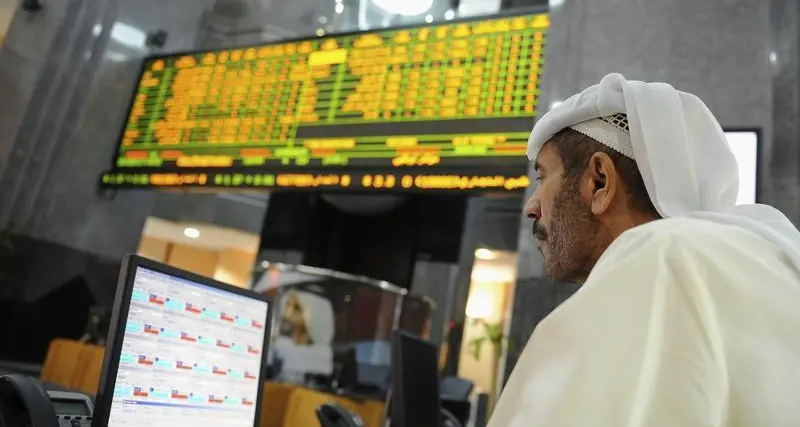PHOTO
LONDON - Memories of banking crises die hard. Yet Europe’s major lenders enter the current tumult with significantly bigger shock absorbers than during the last meltdown. According to a Breakingviews calculator, they should have enough capital to weather a 2009-style bad debt spike almost three times over.
Banks are under pressure from all sides. Large clients have drawn down credit lines, while governments want lenders to help consumers and small firms. That means higher risk-weighted assets. Top-line income is taking a hit from sub-zero interest rates and payment holidays for customers. And troubled borrowers mean higher bad-debt charges.
Investors are worried, having on average wiped 41% off the market value of the 25 biggest European lenders. The fear is that depleted capital ratios will once again force banks to issue equity, or even seek government bailouts.
That’s too pessimistic. The 25 biggest banks, from UK-based giant HSBC, to Austria’s Erste, ended 2019 with common equity Tier 1 capital, on average, equivalent to 14.3% of risk-weighted assets. That’s roughly 4 percentage points above the average minimum ratio, after factoring in some of the relief granted by supervisors. Most banks have also conserved cash by postponing dividend payments.
Say that risk-weighted assets jump by 10% this year, close to the level experienced by U.S. banks at the end of the first quarter. Next assume that 2020 profit, before bad debt charges, falls by 10%. In that scenario, the average bank would have a buffer of spare capital equivalent to 4.1% of total lending at the end of 2019. That’s enough to withstand a huge surge in bad debt – almost three times the 1.4% of loans that the average European bank wrote off in 2009.
The average figures mark a wide dispersion, though. Losses equivalent to 1.9% of its loan book could force Deutsche Bank to dip into its so-called capital conservation buffer, where regulators can force lenders to suspend cash distributions or sell assets. Natixis could weather an 8.5% hit before finding itself in the same position, mostly because the French bank has a relatively small lending book.
But even in a more severe scenario, where RWAs rise by a fifth and pre-provision profit falls by the same proportion, all banks except Deutsche would still have a capital buffer equivalent to more than 1.4% of their loan books. European banks’ pain threshold is reassuringly high.
CONTEXT NEWS
- European banks including HSBC, UBS, Deutsche Bank and Barclays are due to publish first-quarter results in the week starting April 27.
- Deutsche Bank on April 26 said its first-quarter earnings would be 66 million euros, higher than analysts had expected. However, the bank said it was possible its common equity Tier 1 capital would fall “modestly and temporarily” below its 12.5% target.
- UniCredit said on April 22 that it expected provisions for bad debt to be between 1% and 1.2% of its average loan book in 2020, falling to between 0.7% and 0.9% in 2021.
- UniCredit expects the euro zone’s GDP to contract by 13% in 2020, followed by a 10% expansion in 2021.
- Sweden’s Handelsbanken said on April 22 that its credit losses for the first three months of 2020 were 538 million Swedish crowns, or 0.08% of total loans. That compared with a 0.05% ratio in the first quarter of 2019, and 0.04% in the final three months of the year.
(Editing by Peter Thal Larsen and Oliver Taslic. Graphic by Vincent Flasseur.)
© Reuters News 2020












